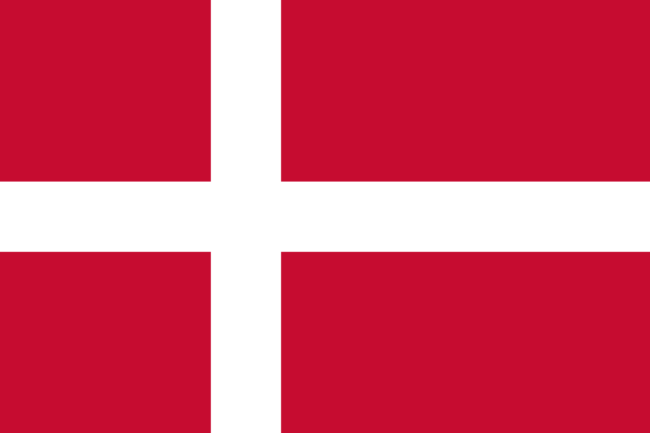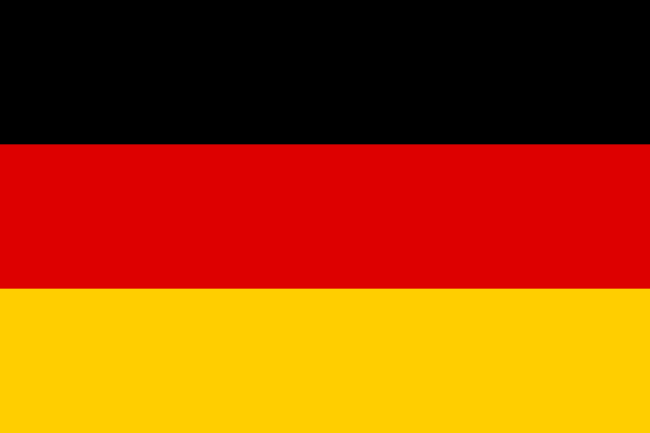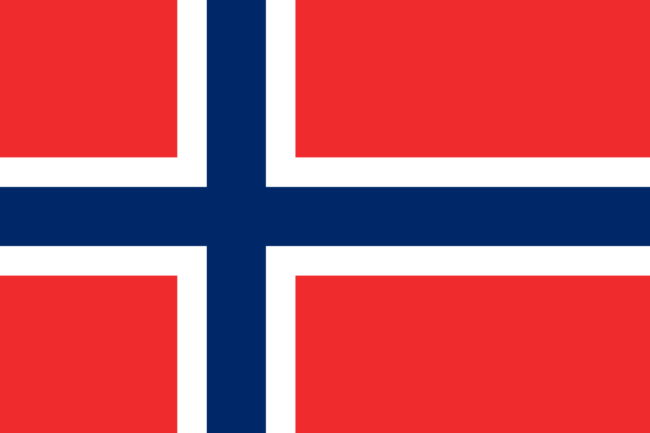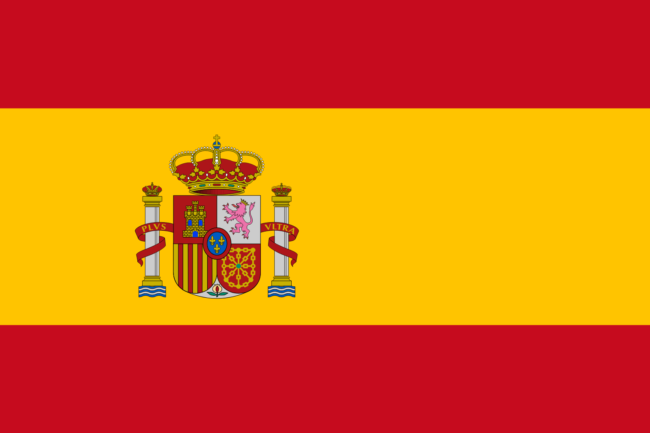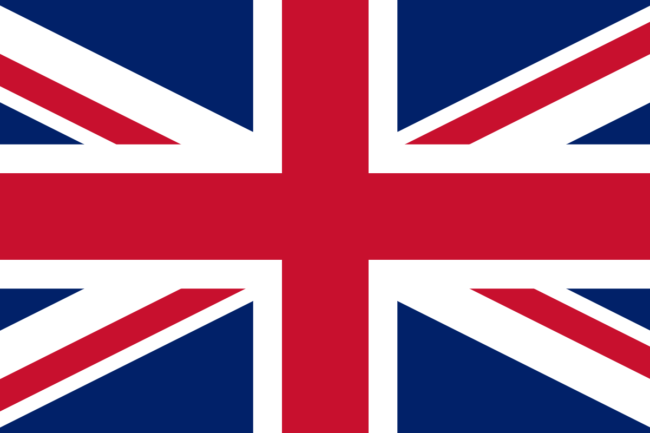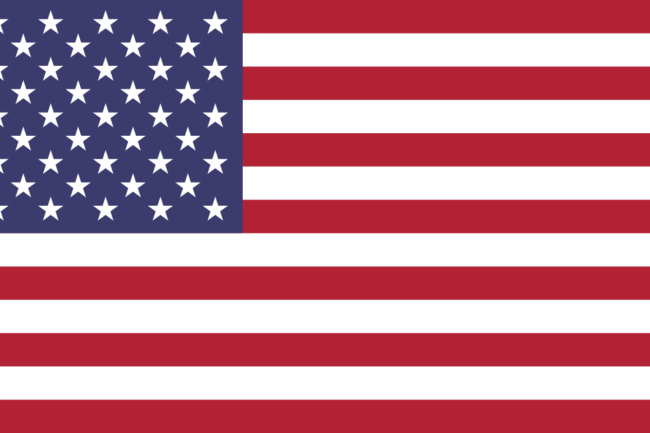About Task 37
Over the last few decades, wind energy has evolved into a large international industry involving major players in the manufacturing, construction, and utility sectors. Coinciding with industry growth, significant technology innovation has resulted in larger turbines and wind plants with lower associated costs of energy. However, the increasing importance of wind energy’s role within the electricity sector imposes more requirements on the technology in terms of performance, reliability, and cost.
To address these changing expectations, the industry has made efforts to achieve a variety of goals, including reducing installed capital costs for the turbine and plant, decreasing the downstream costs for operation and maintenance (O&M), increasing energy production, and minimizing negative external environmental impacts such as noise emission or habitat disruption.
In many cases, these goals involve trade-offs. For example, up-front investment in a robust component design may avoid large downstream costs for component repair and replacement. In another case, the design of a machine with a higher tip speed can reduce required torque and loads through the drivetrain—but at the same time, these higher tip speeds can lead to more aero-acoustic noise that adversely impacts surrounding communities. Trade-offs and techno-economical conflicts such as these exist throughout the entire system.
To fully assess how a change in a design parameter affects myriad system performance and cost objectives, a holistic and integrated approach is needed. Integrated system research, design, development, and operation can provide opportunities for improvements in overall system performance and reductions in the overall cost of energy.
The mission of Task 37 is to improve the practice and application of systems engineering to wind energy research design, development, and operation.
This will be achieved through a set of coordinated international research activities that move the community towards the analysis of wind power plants as holistic systems. Explicit goals of the task are divided into three target areas of impact.
Goal 1: Impact research and industry collaboration
- Enable better communication across researchers and practitioners in different disciplines through standards in data transfer and model interfacing
- Create forums for collaboration among researchers and practitioners through workshops
Goal 2: Impact education
- Promote general knowledge and understanding of systems engineering tools and methods and the overall value of these to wind energy research, design, and development
- Improve the quality of systems engineering by practitioners
Goal 3: Impact wind energy system performance and cost
- Enable system-level analysis, including technology evaluation, multidisciplinary design, analysis and optimization, multi-fidelity modeling, and uncertainty analysis and quantification
- Investigate and demonstrate how applying the state-of-the-art Multidisciplinary Design, Analysis, and Optimization (MDAO) to wind energy can improve wind turbine and plant design and operation
- Promote enhanced design of wind turbines and plants through the use of systems engineering tools and methods
- Investigate and demonstrate how applying the state-of-the-art Multidisciplinary Design, Analysis, and Optimization (MDAO) to wind energy can improve wind turbine and plant design and operation
- Promote enhanced design of wind turbines and plants through the use of systems engineering tools and methods
Task 37 Work Packages
To achieve these goals, Task 37 has four primary work packages (WPs). WP1-WP3 are further divided into turbine and plant subtasks.
- WP1: Guidelines for integrated wind turbine and plant software frameworks
- WP2: Series of reference turbine and plant designs for supporting integrated analysis activities
- WP3: Work towards best-practice MDAO recommendations applied to wind systems
- WP4: Workshops with other IEA Wind tasks on the state-of-the-art in MDAO
Expected results of the effort will include guidelines to support the integration of analytical capabilities for modeling wind turbines and plants; reference wind turbine and plant models that can be used by the entire wind energy research, design, and development community; and reports on best practices in performing MDAO analysis of wind turbines and plants.
Task 37 Roadmap
Phase l
Task initialization with a focus on reference turbines and initial case studies. Developed two reference turbines (land-based 3.4 MW and offshore 10 MW) and executed two case studies (one turbine and one farm-level).
Phase ll
Comprehensive effort to develop and disseminate ontology (WindIO) for sharing design information across MDAO practitioners. Reference wind farms and new case studies in progress. Series of expert workshops on advanced MDAO topics in progress.
Task 37 Products & Publications
WP1
WindIO: Official repository and documentation of the wind turbine and plant ontology, a common and complete parameterization to facilitate sharing of design inputs.
WindIO2CAD: OpenSCAD-based generator of CAD models from the turbine ontology.
Task 37 overview and vision paper published at the inception of the project: Perez-Moreno, S.S., Zaaijer, M.B., Bottasso, C.L., Dykes, K., Merz, K.O., Réthoré, P.E. and Zahle, F., 2016, September. Roadmap to the multidisciplinary design analysis and optimization of wind energy systems. In Journal of Physics: Conference Series (Vol. 753, No. 6, p. 062011). IOP Publishing.
WP2
IEA Wind 3.35-MW Land Based Reference Wind Turbine: Github repository with full reference turbine model input files
IEA Wind 10-MW Offshore Reference Wind Turbine: Github repository with full reference turbine model input files
-
- Reference turbine description report: Bortolotti, Pietro, Tarres, Helena C, Dykes, Katherine L, Merz, Karl, Sethuraman, Latha, Verelst, David, and Zahle, Frederik. IEA Wind TCP Task 37: Systems Engineering in Wind Energy – WP2.1 Reference Wind Turbines. Golden, CO: National Renewable Energy Laboratory. NREL/TP-5000-73492.
IEA Wind 15-MW Offshore Reference Wind Turbine: Github repository with full reference turbine model input files
-
- Reference turbine (monopile variant) description report: Gaertner, Evan, Jennifer Rinker, Latha Sethuraman, Frederik Zahle, Benjamin Anderson, Garrett Barter, Nikhar Abbas, Fanzhong Meng, Pietro Bortolotti, Witold Skrzypinski, George Scott, Roland Feil, Henrik Bredmose, Katherine Dykes, Matt Shields, Christopher Allen, and Anthony Viselli. 2020. Definition of the IEA Wind 15-Megawatt Offshore Reference Wind Turbine. Golden, CO: National Renewable Energy Laboratory. NREL/TP-5000-75698.
- Reference turbine (semisubmersible variant) description report: Allen, Christopher, Anthony Viselli, Habib Dagher, Andrew Goupee, Evan Gaertner, Nikhar Abbas, Matthew Hall, and Garrett Barter. Definition of the UMaine VolturnUS-S Reference Platform Developed for the IEA Wind 15-Megawatt Offshore Reference Wind Turbine. Golden, CO: National Renewable Energy Laboratory. NREL/TP-5000-76773.
- Comparison between NREL and DTU modeling suites: Jennifer Rinker, Evan Gaertner, Frederik Zahle, Witold Skrzypinski, Nikhar Abbas, Henrik Bredmose, Garrett Barter, and Katherine Dykes. “Comparison of Loads from HAWC2 and OpenFAST for the IEA Wind 15 MW Reference Wind Turbine.” (2020)
Description of a reference wind plant: Perez-Moreno, S.S., Dykes, K., Merz, K.O. and Zaaijer, M.B., 2018, June. “Multidisciplinary design analysis and optimization of a reference offshore wind plant.” In Journal of Physics: Conference Series (Vol. 1037, No. 4, p. 042004). IOP Publishing.
WP3
Round-robin comparison of plant layout models: Nicholas F. Baker, Andrew P. J. Stanley, Jared J. Thomas, Andrew Ning, Katherine Dykes. “Best Practices for Wake Model and Optimization Algorithm Selection in Wind Farm Layout Optimization.” Proceedings of the AIAA SciTech 2019 Forum, 7-11 January 2019, San Diego, California. Reston, VA: American Institute of Aeronautics and Astronautics (AIAA). 2019.
Round-robin comparison of blade design models: Michael K. McWilliam, Frederik Zahle, Katherine Dykes, Pietro Bortolotti, Andrew Ning, Evan Gaertner, Terence Macquart, Karl Merz and Ainara I. Ruiz IEA Wind Energy Task 37 – System Engineering – Aerodynamic Optimization Case Study AIAA Scitech 2021 Forum. AIAA 2021-1412. January 2021.
WP4
Key findings of joint workshop on wind systems engineering with nacelle lidar: Simley, E., Bortolotti, P., Scholbrock, A., Schlipf, D. and Dykes, K., 2020, September. “IEA Wind Task 32 and Task 37: Optimizing Wind Turbines with Lidar-Assisted Control Using Systems Engineering.” In Journal of Physics: Conference Series (Vol. 1618, No. 4, p. 042029). IOP Publishing.
Participation
Who can participate in Task 37?
To participate in the research activities of Task 37, researchers must reside in a country that participates in the IEA Wind Agreement AND has agreed by official letter to participate in Task 37.
To join a task, a member country of IEA Wind TCP must designate a lead institution that agrees to the obligations of task participation (pay the annual fee and agree to perform specified parts of the work plan).
Active researchers (performing part of the work plan) benefit from meetings and professional exchange during the term of the task. Countries participating in the task benefit from the information developed by the task.
For more information, contact the Task 37 Operating Agents (contact information below) or the Secretary of IEA Wind.
Operating Agents
Please contact the Operating Agents below with any questions
Any Question?
Tel: +45 93 51 15 11
DTU Wind Energy
DTU Risø Campus
Frederiksborgvej 399
4000 Roskilde
Denmark
Monday to Friday
9 am – 17 pm Central European Time
Send your mail to
kady@dtu.dk


